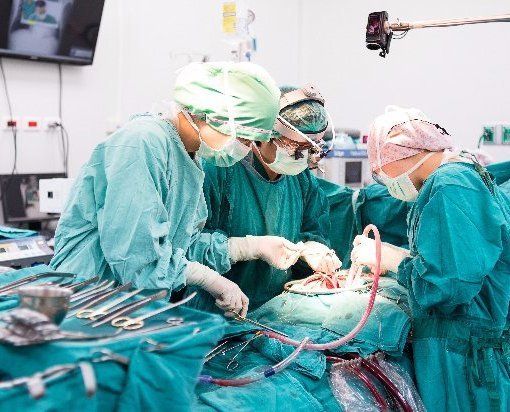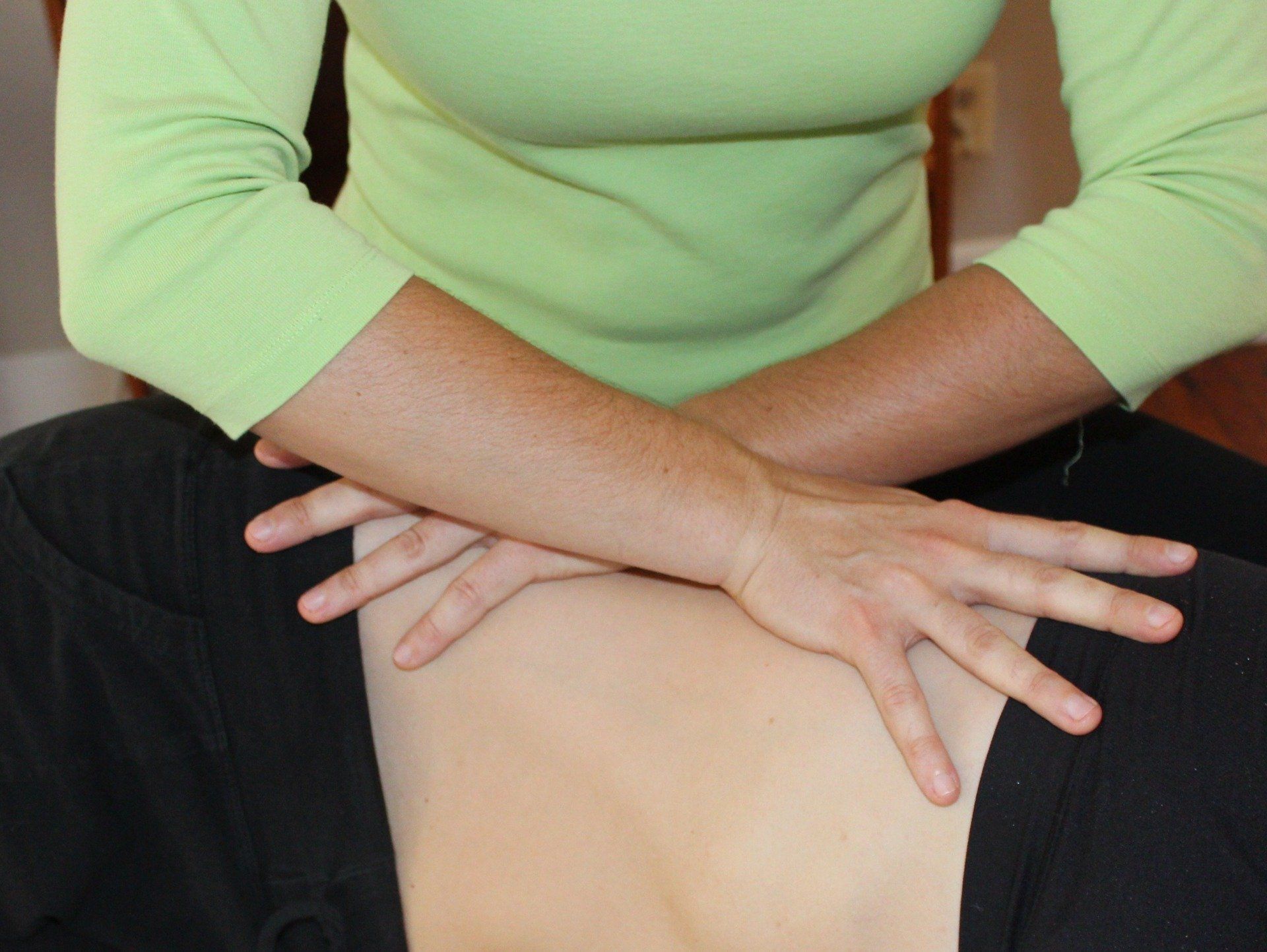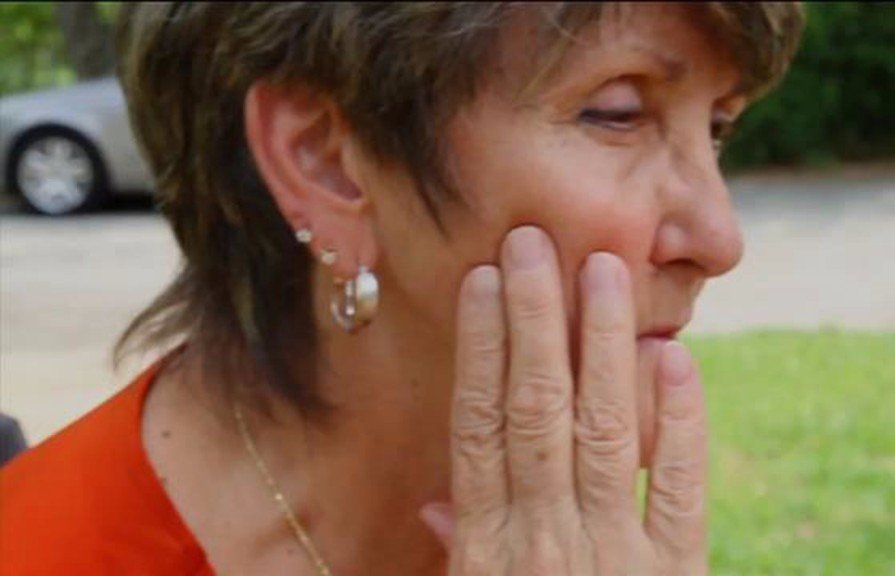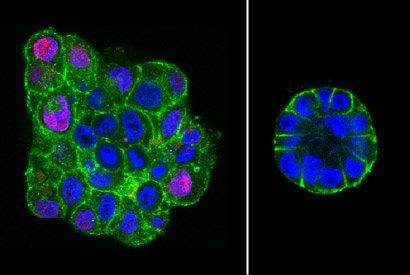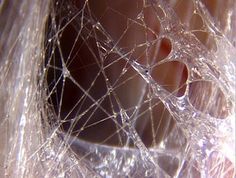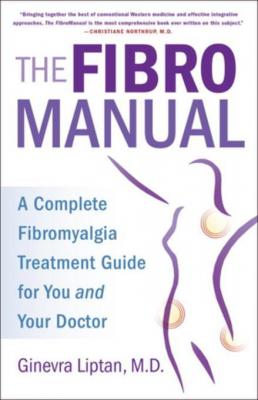My feet hurt! Getting to the root of plantar fasciitis and other foot pain disorders
Your foot pain may not actually be coming from your feet ... how fascial restrictions in the legs, hips and even cranium may be causing your symptoms

You don’t have to be a dancer or security guard, on your feet all day, to have foot pain. In fact, the root of your foot pain may not even be in your foot … it could be in your hips, spine, or even your cranium.
Imagine you are holding a two foot rope in your hand, with your arms stretched so that the rope is taut. Now twist one end of the rope. What do you feel at the other end? Do you feel the increased tension on the other side of the rope?
That is exactly what happens in our bodies. Our skeleton, and especially our spine, is like the rope. If one end gets twisted, or even if it gets twisted in the middle, the tension is bound to be transferred down the line through our connective tissue and fascia. This is a natural phenomenon called biotensegrity.
So often, it is this dynamic that is at play in plantar fasciitis, metatarsalgia, and other types of foot pain. Your skeleton is the rope … one end is your feet and the other end is your cranium. If tension is exerted on the cranium (possibly from the neck, shoulder, and upper back muscles that are involved in poor posture), that tension will have a tendency to spread out all along the skeleton via the fascia. It will continue until it has nowhere else to go … in other words, it will send the tension all the way down to your feet!
The pelvis also plays an essential role in the structure and tension of our bodies. It is the foundation of our axial skeleton, and just like a house, our foundation has to be strong and level to support the structures above. When the pelvis becomes twisted or rotated due to injury, poor posture, or fascial restrictions, it sends the tension in both directions … down to our feet and up to our heads … and can result in chronic pain conditions such as headaches, back pain, and plantar fasciitis. Often, the feet have to work overtime to compensate for the weakness of the pelvis and core, causing a lot of extra strain just to stay upright.
Unfortunately, modern life requires us to spend a lot of time sitting, whether it’s at work, in the car, or at home, and our pelvis pays the price. Most of us have fascial restrictions in the pelvis/hips that over time, will contribute to a chronic pain condition.
Myofascial release and cranial work are extremely effective ways to untwist the rope and relieve the extra tension. Just like untwisting the rope, untwisting and releasing fascial restrictions in the connective tissue of our bodies produces positive effects that can be felt from head to foot. In this way, myofascial release and cranial work effectively kill many birds with one stone, creating a feeling of openness and relaxation in the body that eliminates pain and restores ease of motion.

